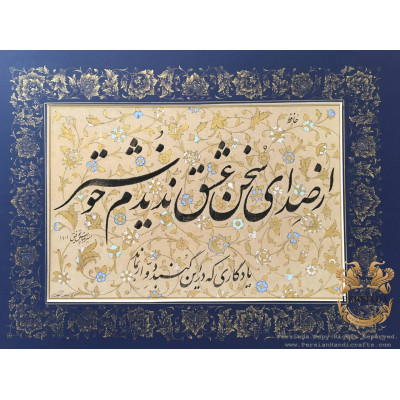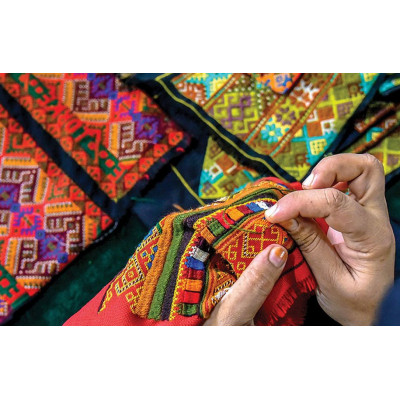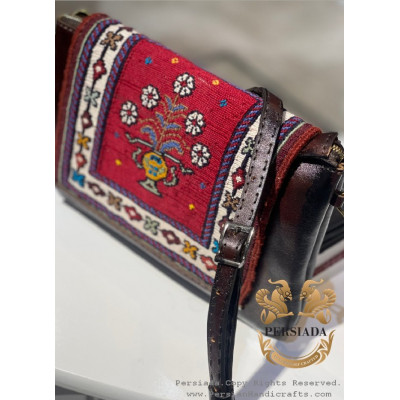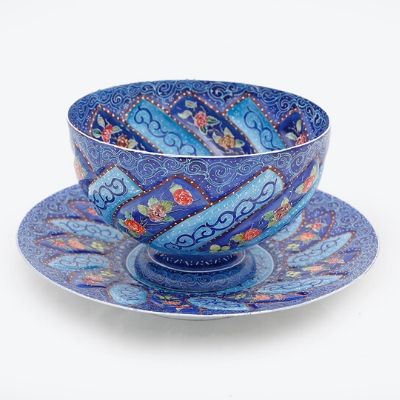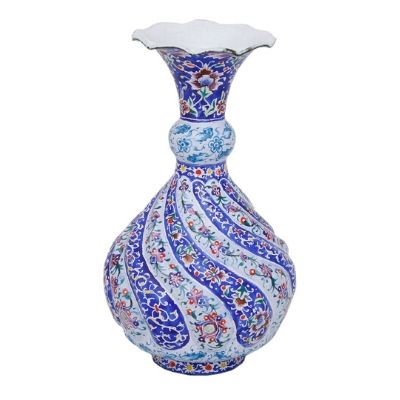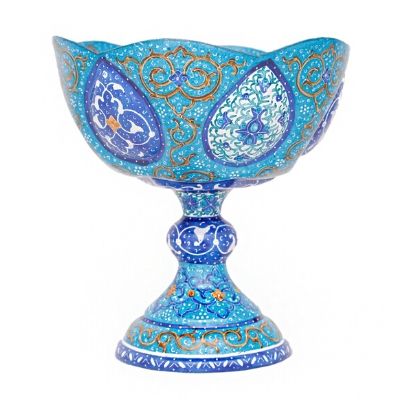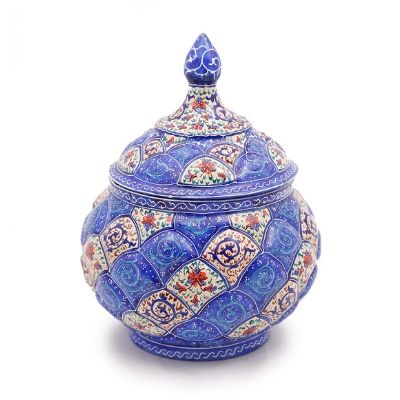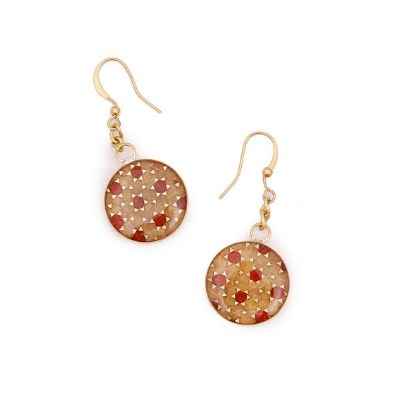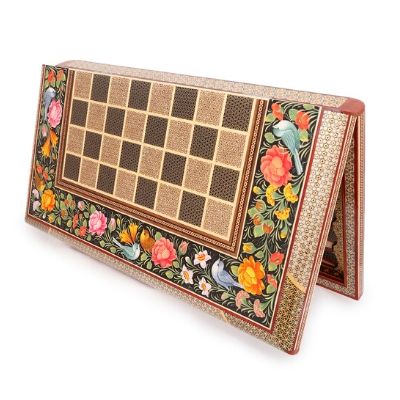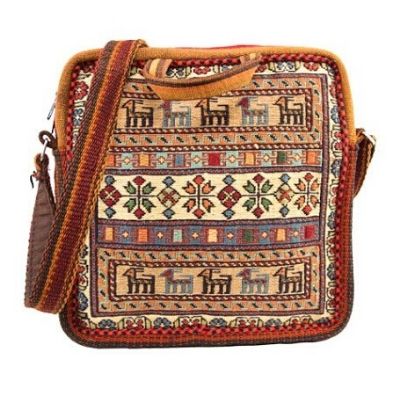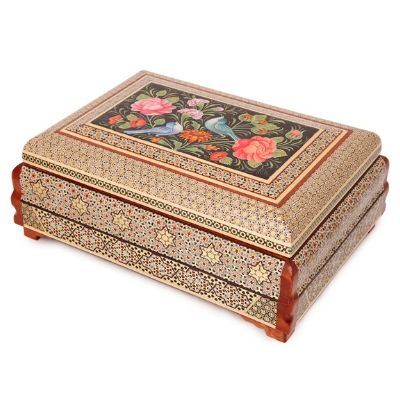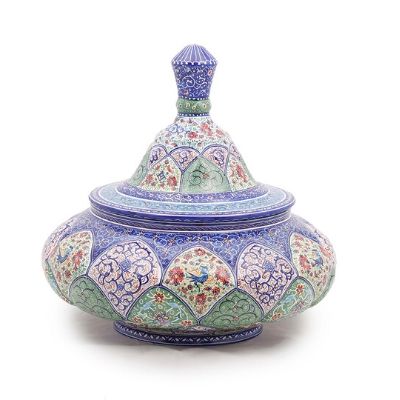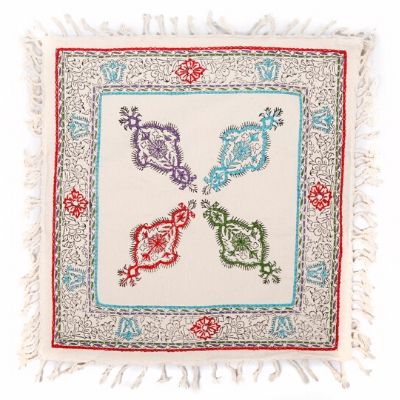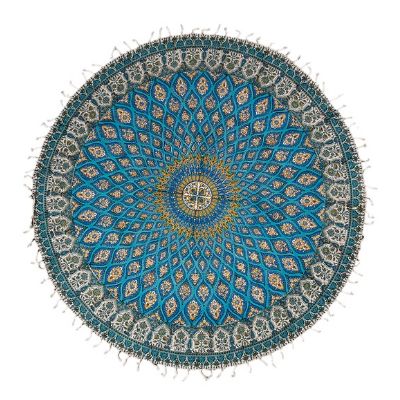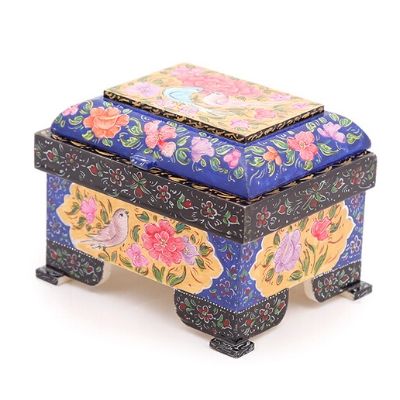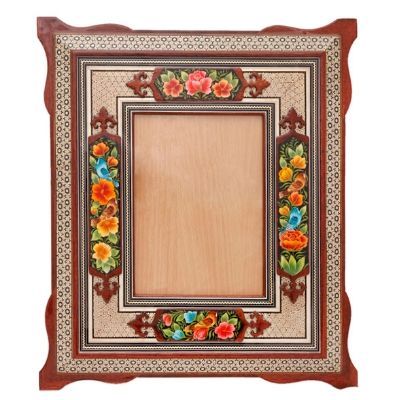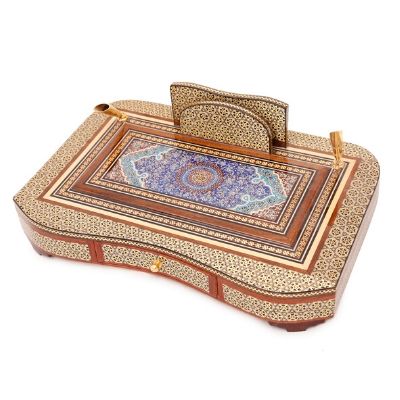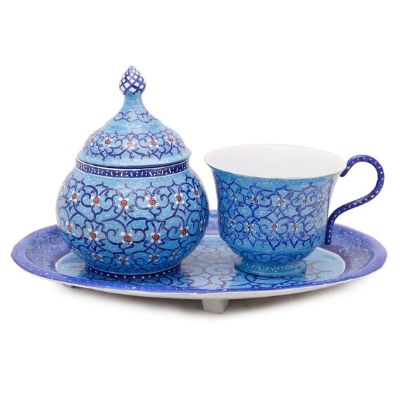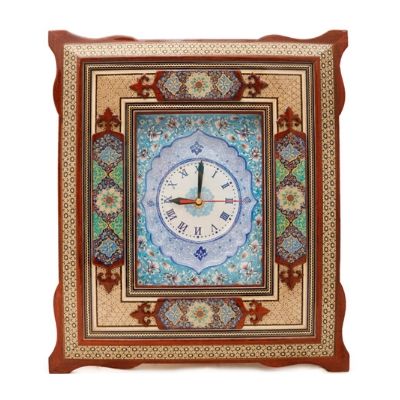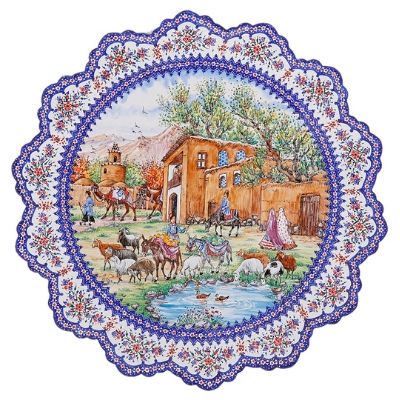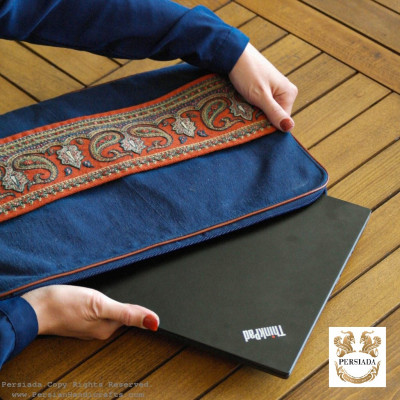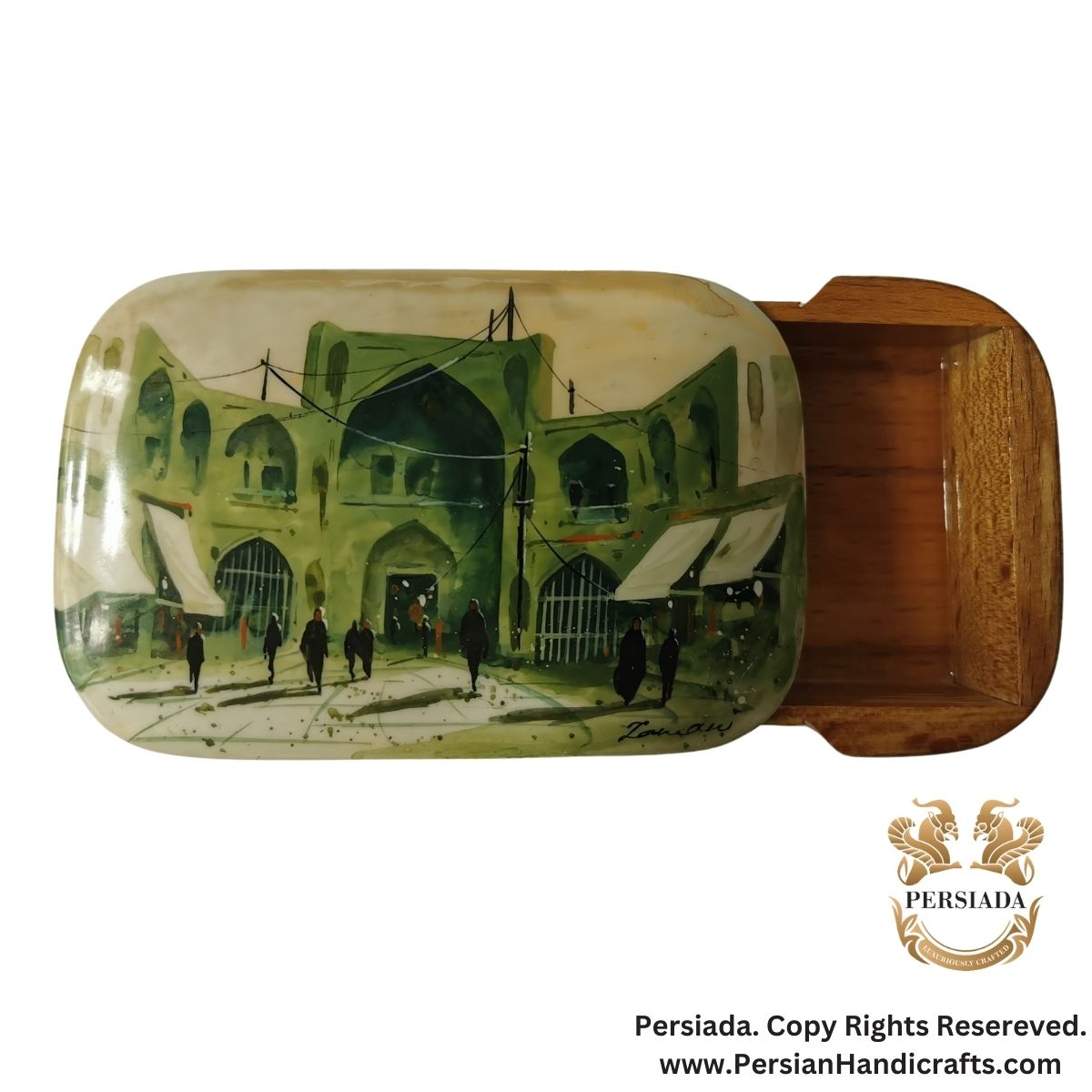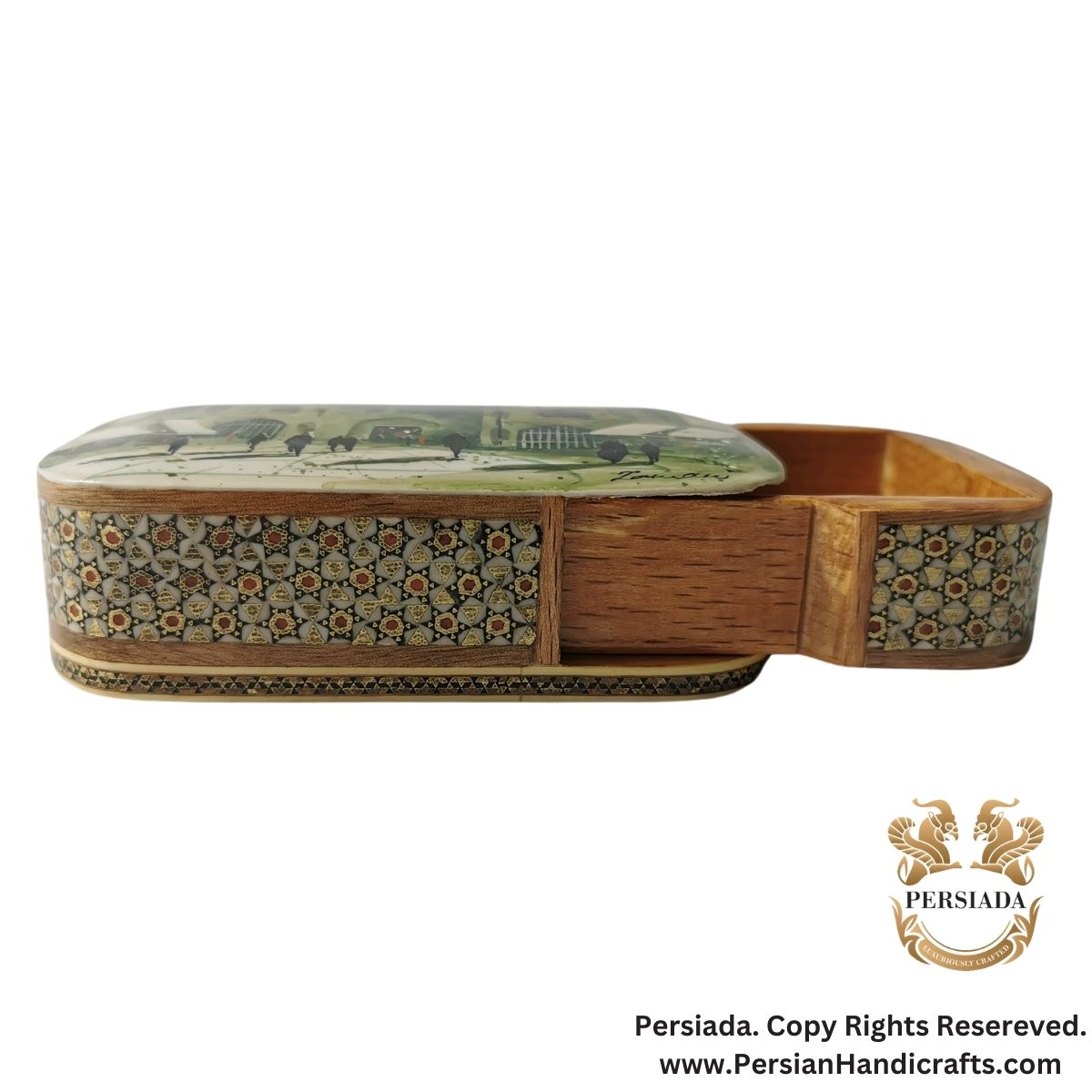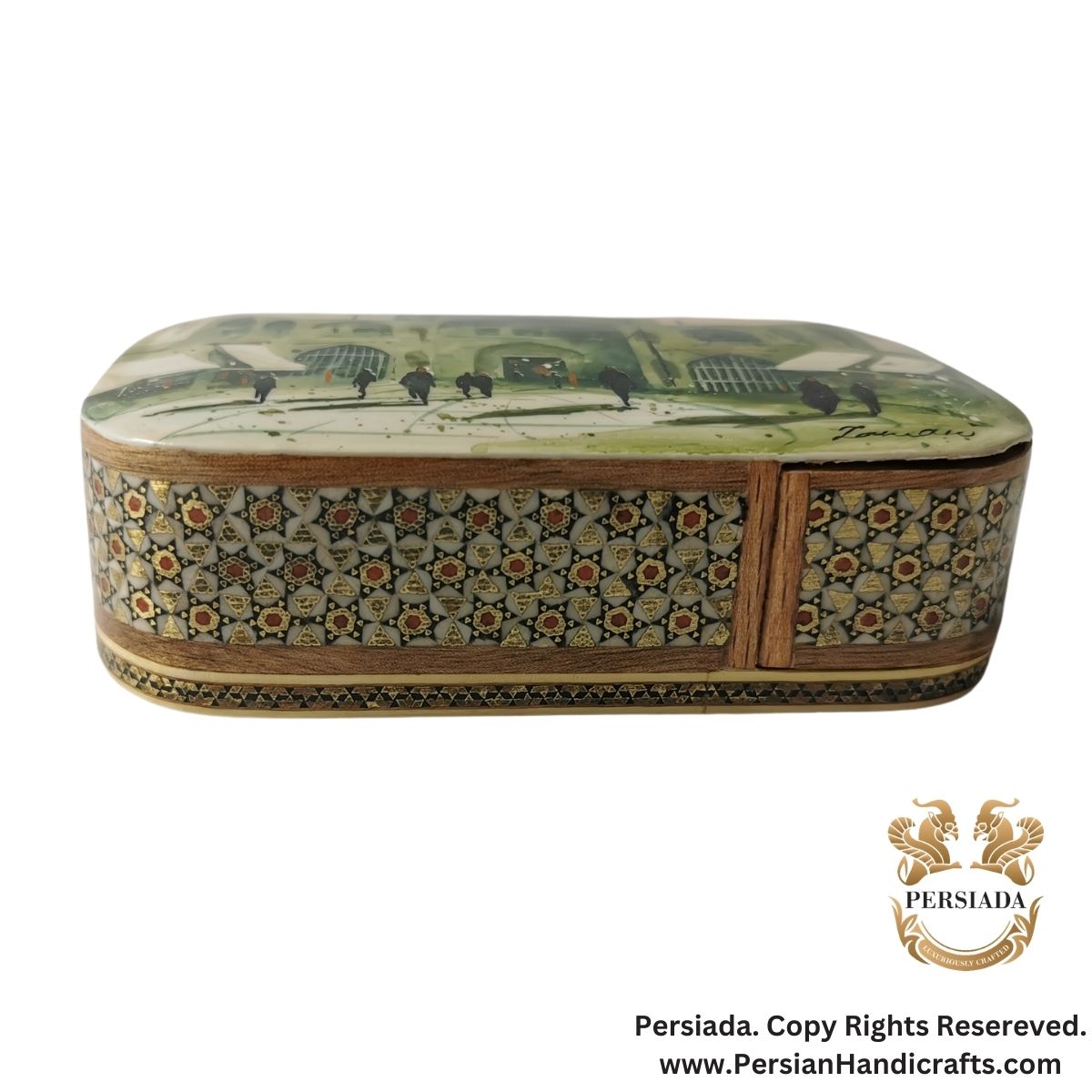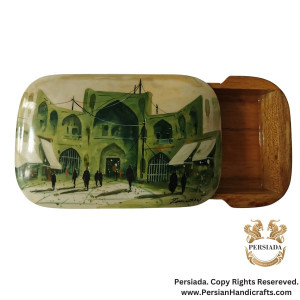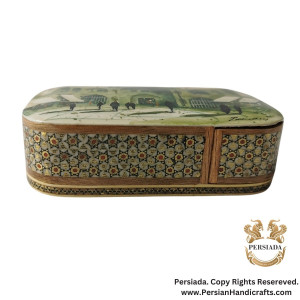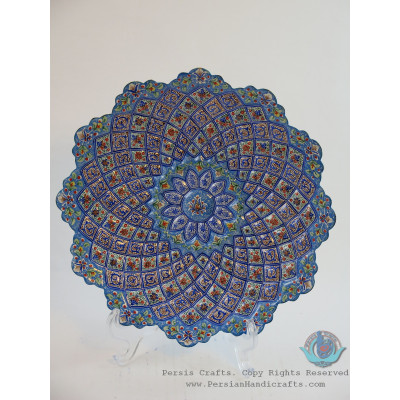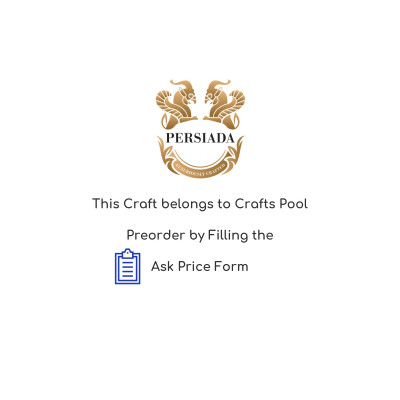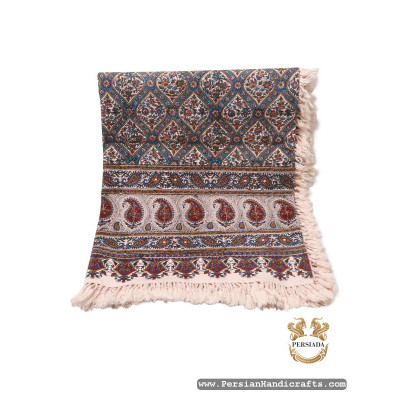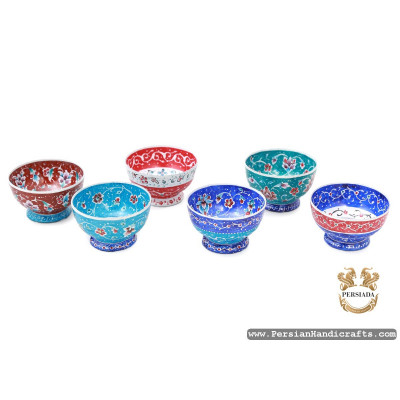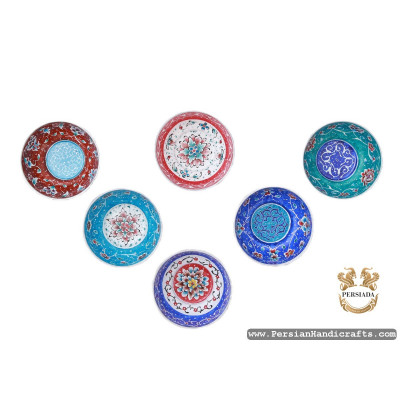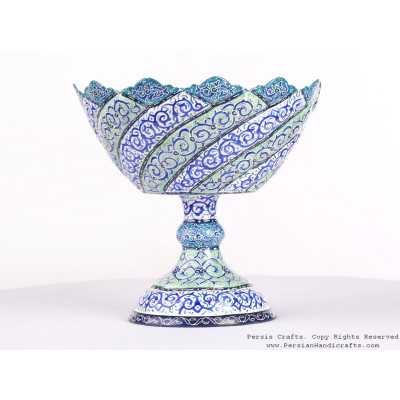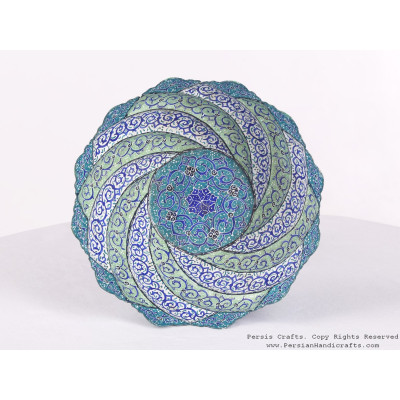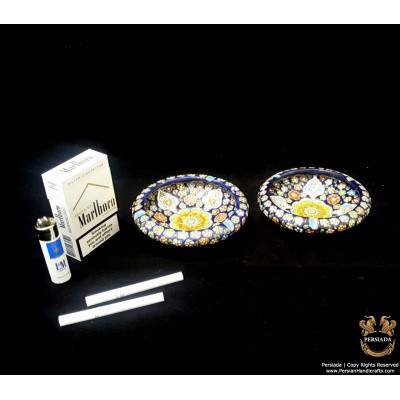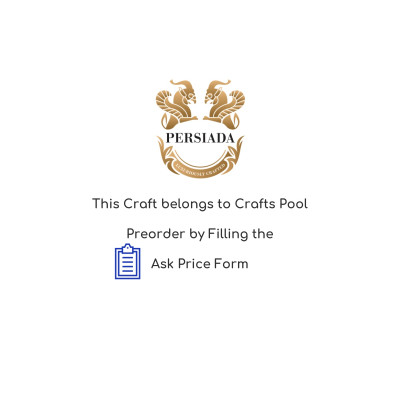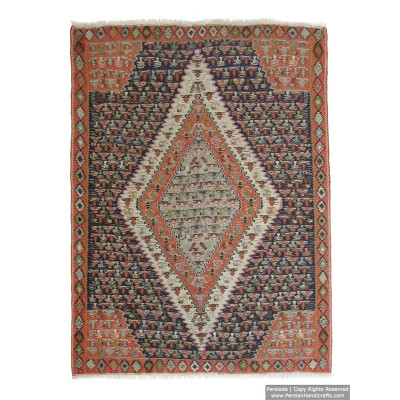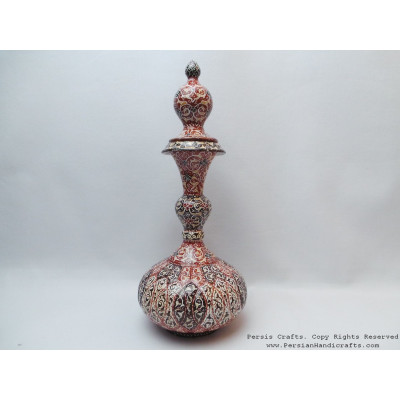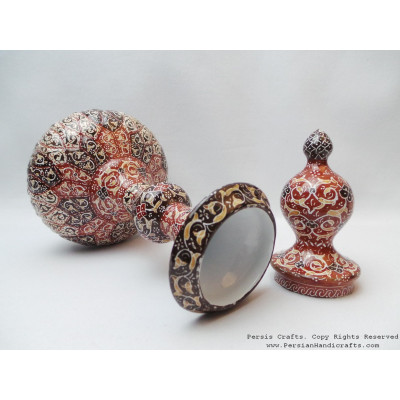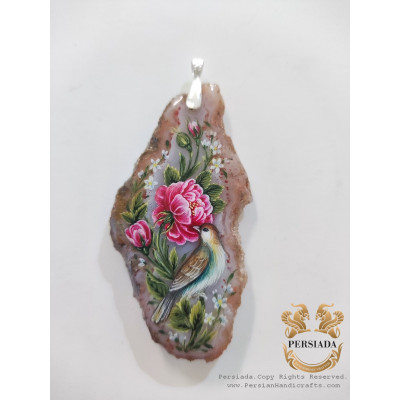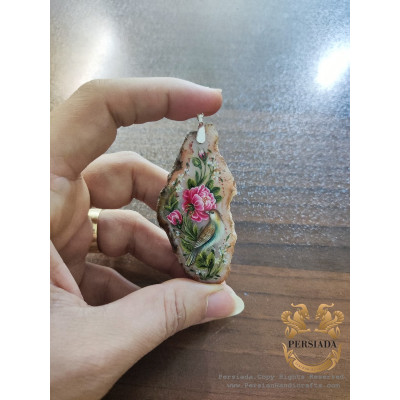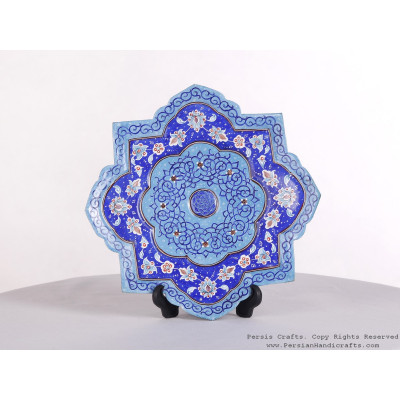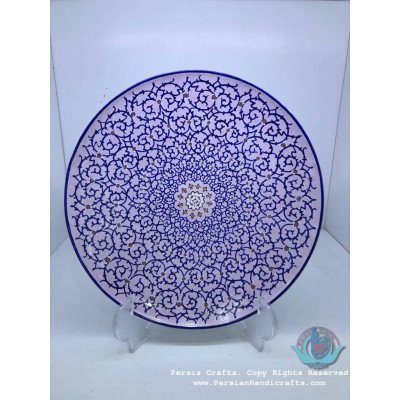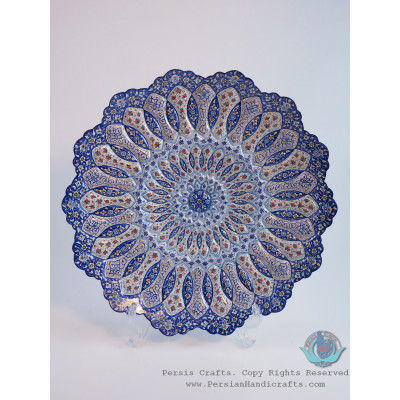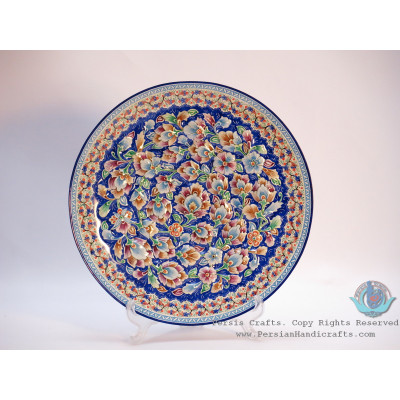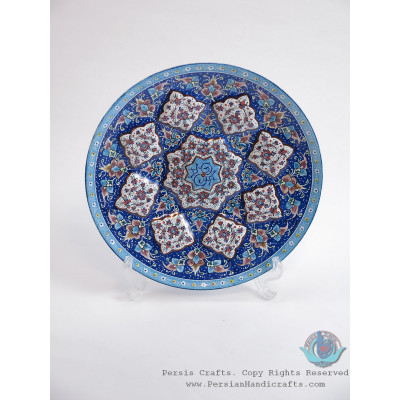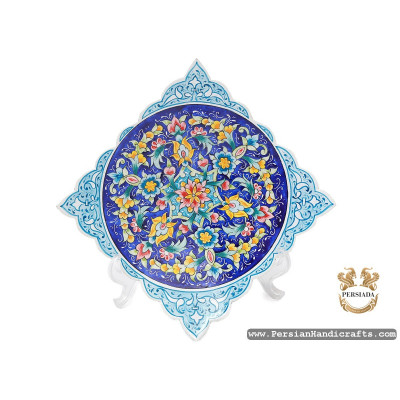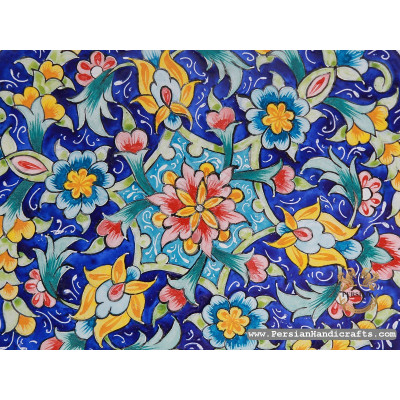Introducing our exquisite handmade khatamkari jewelry box, a true work of art that combines functionality with beauty. This stunning piece features a unique Persian miniature on the upper surface, depicting a Historical monument in intricate detail. The combination of different sharp colors adds a vibrant touch to this already eye-catching design.
Crafted with precision and care by skilled artisans, this jewelry box is not just a storage solution but a statement piece for your home. The khatamkari technique used in its creation involves the meticulous arrangement of tiny pieces of wood, metal, and bone to create intricate geometric patterns. Each box is a labor of love, with hours of work put into every detail.
Not only is this jewelry box a practical way to store your precious accessories, but it also serves as a decorative piece that will enhance the aesthetic of any room. Whether displayed on a vanity, dresser, or shelf, it is sure to catch the eye of anyone who sees it. The Persian miniature adds a touch of culture and history to the design, making it a unique and meaningful addition to your home decor.
This khatamkari jewelry box is the perfect gift for yourself or a loved one who appreciates fine craftsmanship and beautiful design. It is a timeless piece that will be cherished for years to come. Treat yourself to a touch of luxury with this exquisite handmade creation.
Don't miss out on the opportunity to own a piece of art that is both functional and decorative. Order your handmade khatamkari jewelry box today and experience the beauty and craftsmanship for yourself.
What is Khatamkari the Persian Style Marquetry?
Khatamkari is a traditional Persian woodworking technique that involves the intricate inlay of small pieces of wood, metal, bone, and other materials to create decorative patterns and designs on various objects such as boxes, furniture, and decorative items.
The origins of khatamkari can be traced back to ancient Persia, where it was a popular art form during the Safavid dynasty in the 17th century. It was often used to decorate the interiors of palaces, mosques, and other important buildings, as well as to create luxurious items for the royal court. Over time, khatamkari spread to other parts of the Middle East and Central Asia, where it became a highly prized and sought-after craft.
The process of creating khatamkari involves a high level of skill and precision. The artisan begins by selecting different types of wood, such as walnut, rosewood, ebony, and teak, and cutting them into thin strips. These strips are then arranged into geometric patterns and glued together to form a mosaic-like design. The artisan may also incorporate other materials such as brass, copper, silver, and bone to add contrast and detail to the design.
Once the design is complete, the artisan uses a combination of tools such as chisels, saws, and drills to carefully carve out the intricate patterns and shapes. This requires a steady hand and a keen eye for detail, as even the smallest mistake can ruin the entire piece. After the carving is complete, the surface is sanded and polished to create a smooth and glossy finish.
Khatamkari is a labor-intensive and time-consuming process, with some pieces taking weeks or even months to complete. It requires a great deal of patience, skill, and dedication to master this ancient craft. Today, khatamkari is still practiced by skilled artisans in Iran and other parts of the world, where it is valued for its beauty, craftsmanship, and cultural significance.
In addition to its aesthetic appeal, khatamkari also holds symbolic and spiritual significance in Persian culture. The intricate patterns and designs are often inspired by nature, geometry, and Islamic art, and are believed to represent unity, harmony, and perfection. The completion of a khatamkari piece is seen as a reflection of the artisan's dedication, creativity, and attention to detail, and is often considered a form of meditation and spiritual practice.
Overall, khatamkari is a unique and beautiful art form that combines craftsmanship, tradition, and creativity. It is a testament to the skill and ingenuity of Persian artisans, who have preserved this ancient craft for centuries and continue to create stunning works of art that are admired and cherished around the world.
| Crafts Details | |
| Size | |
| Weight | |
| Material | thin sticks of wood, copper (for golden parts), camel bones (white parts) |
| Usage | Jewelry Box, Decorative Crafts, Persian Gift |
| Originate | Handmade in Isfahan / Persia (Iran) |
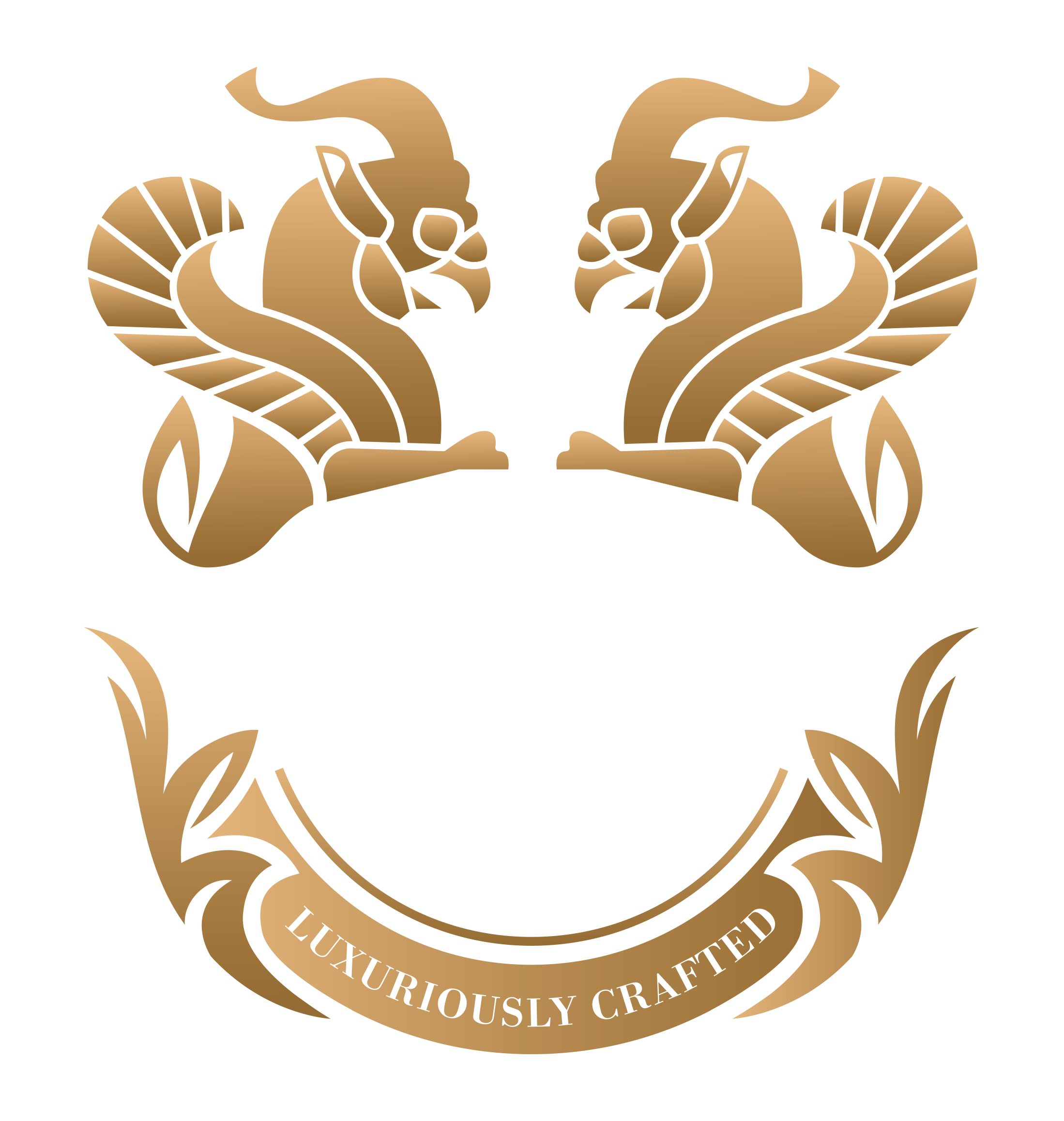

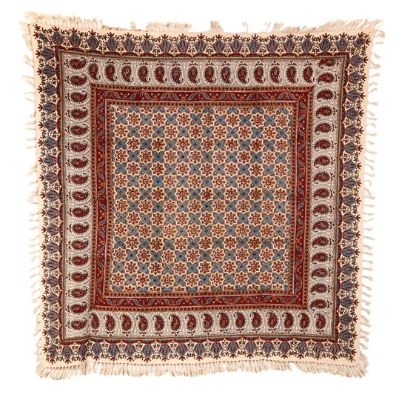
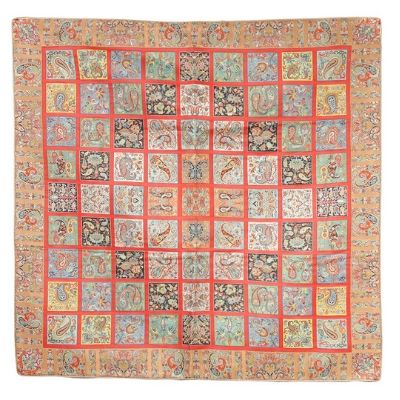
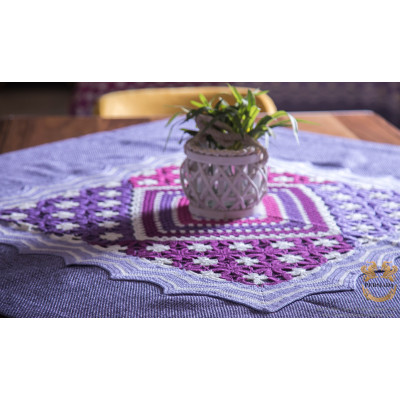
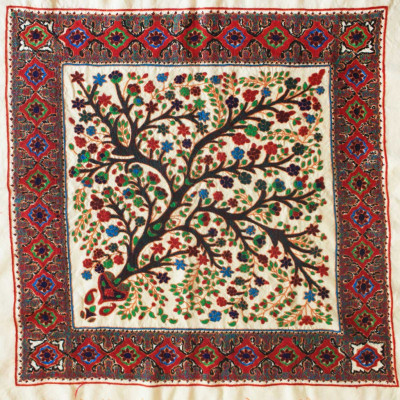
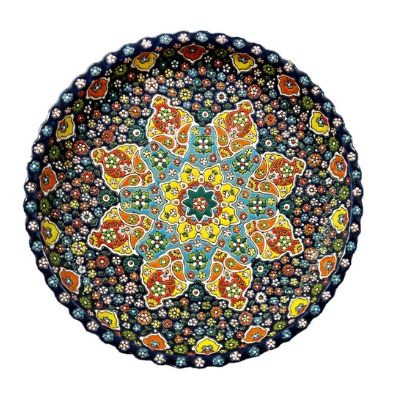
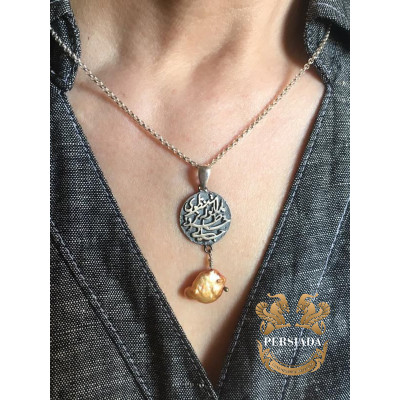
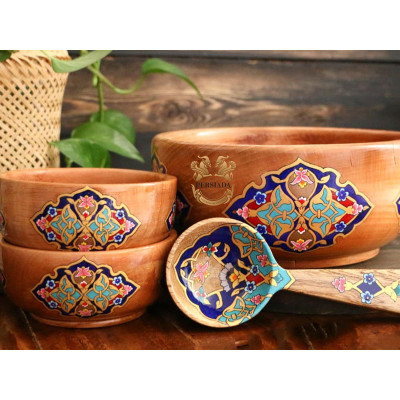
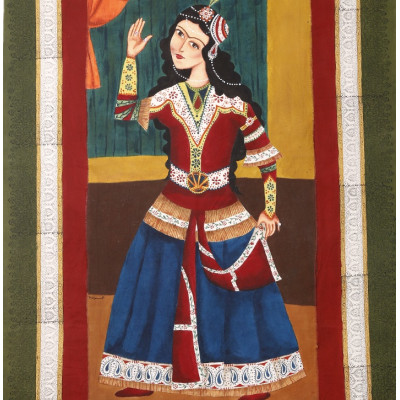
-400x400.png)
